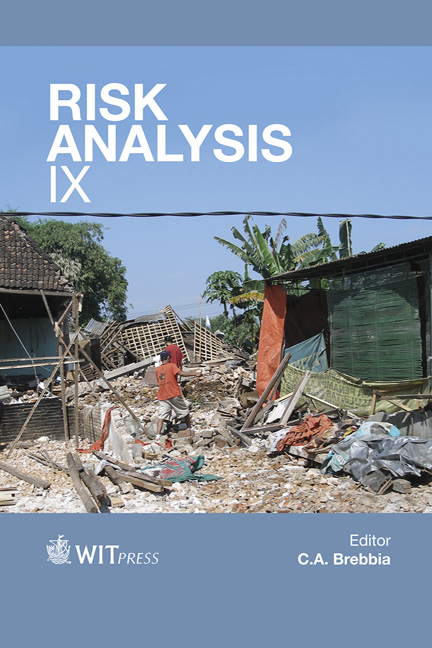A Review Of Collective Protective Measures For Workers In Contaminated Sites
Price
Free (open access)
Volume
47
Pages
11
Page Range
307 - 317
Published
2014
Size
327 kb
Paper DOI
10.2495/RISK140261
Copyright
WIT Press
Author(s)
A. Ledda, S. Berardi & E. Bemporad
Abstract
The industrialization of an ever-growing number of productive processes has caused a greater spread of potentially hazardous chemical substances. Their management becomes a critical issue especially in case of accident or inadequate operations potentially causing a soil and/or groundwater contamination. Thus the importance of measures to mitigate health risks to workers in these cases is growing. The aim of the work is to describe the most widespread collective measures used to protect the health of workers exposed through inhalation of indoor or outdoor air contaminated by pollutants present in saturated and unsaturated soil. The case of workplaces similar to life places (such as offices, markets, hospitals, schools or banks) where the use of Personal Protective Equipment (PPE) could not be appropriate will be addressed. The collective protection measures described are divided in active and passive systems as well as managerial decisions. The variables governing the measure selection, cleanup operations, the working environment, the site geology and hydrogeology, the type of building (new or existing) and its characteristics, will be illustrated. Selecting the most suitable measure allow to improve the efficacy of the operation itself thus better protecting every worker in the contaminated site, not only the ones directly involved in remediation activities. Keywords: collective protective measures, workplaces, workers’ safety, vapour intrusion, soil contamination.
Keywords
collective protective measures, workplaces, workers’ safety, vapour intrusion, soil contamination.





